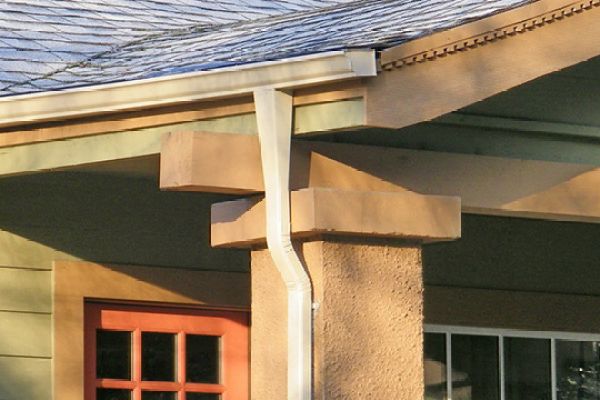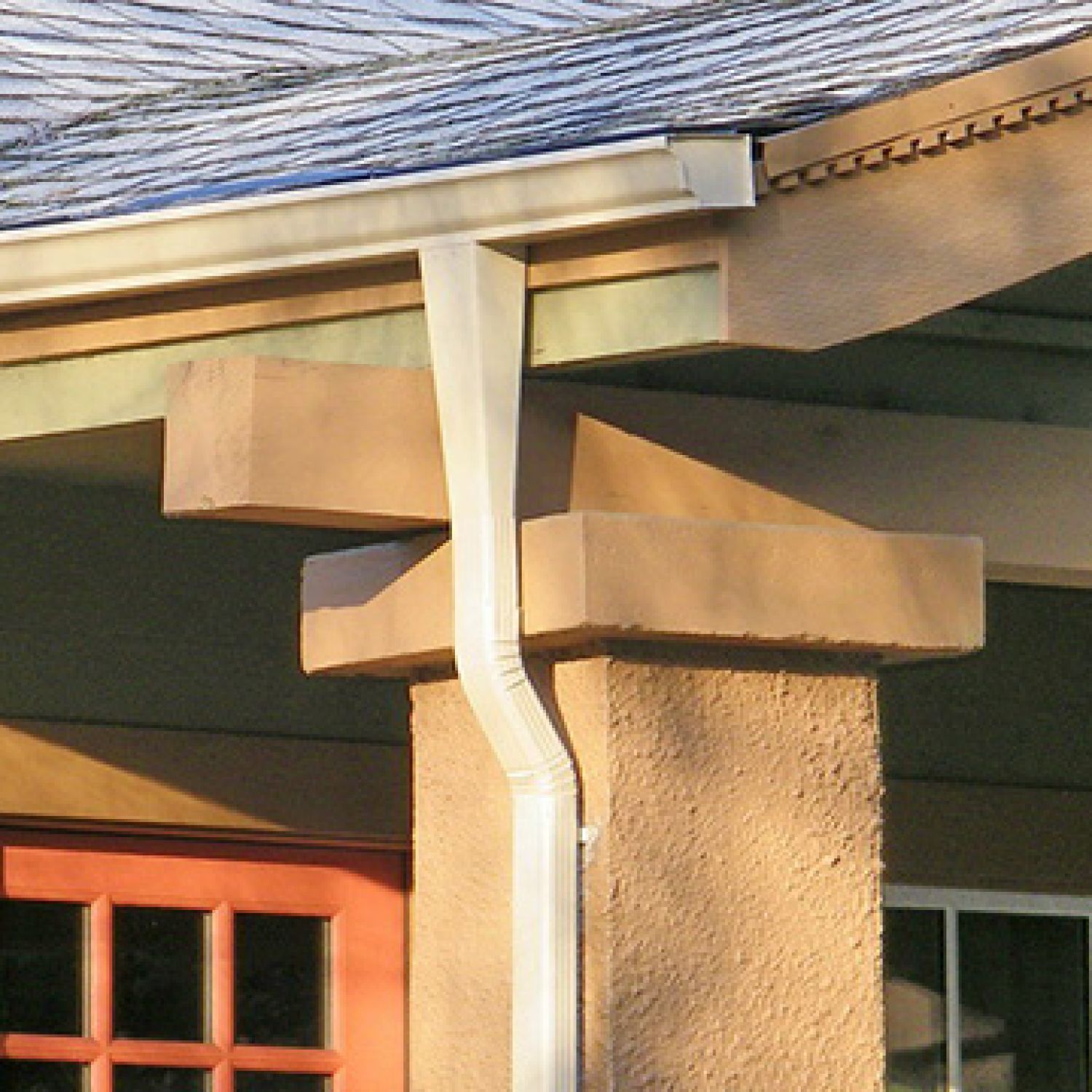
7 Signs You Have a Drainage Problem
In Home Maintenance TipsFinding drainage problems when they’re smaller and easier to fix can save you thousands of dollars and plenty of headaches down the line.
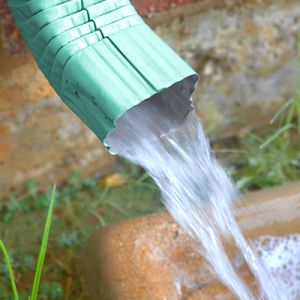
What’s the one thing you want rain water to do? Flow away from your house, please! Otherwise, water can cause pressure on foundation walls, leading to seepage, if not more serious damage. Meet your best friends: French drains & drainage. A French drain helps direct water away from your house. Downspouts and proper soil slope make you a drainage superstar. Our guides explain everything from French drain installation to home foundation inspections.
You might be tempted to fiddle with one of them to get super water pressure. Don’t. Just don’t.
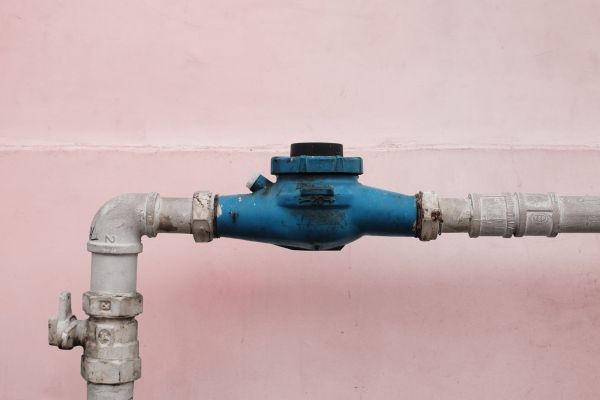
Preventing water damage is a whole lot cheaper than paying for repairs. Here are three easy prevention tips.
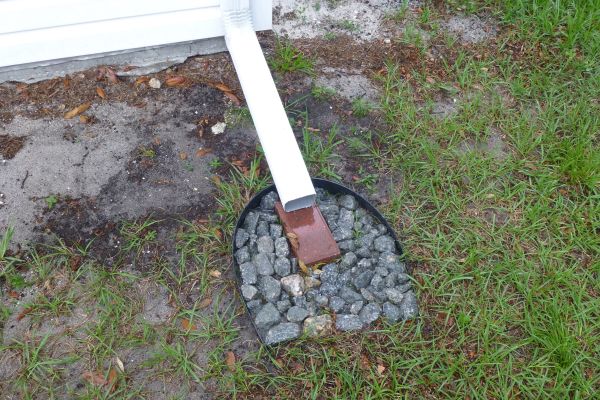
Most downspouts simply aren’t good-looking. Here’s how to transform the system that protects your foundation into an eye-catching asset.
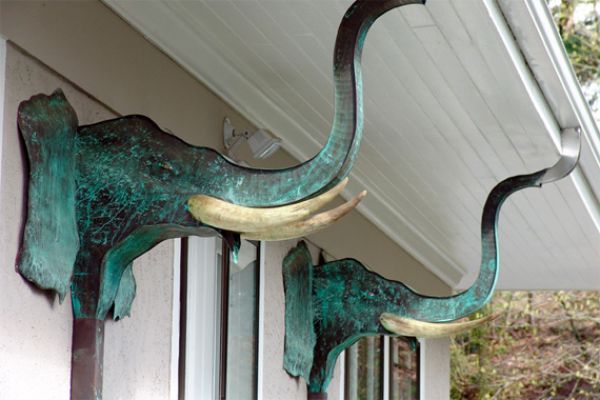
Until it cracks or leaks, most of us don’t think about our home’s foundation. That’s our first mistake.
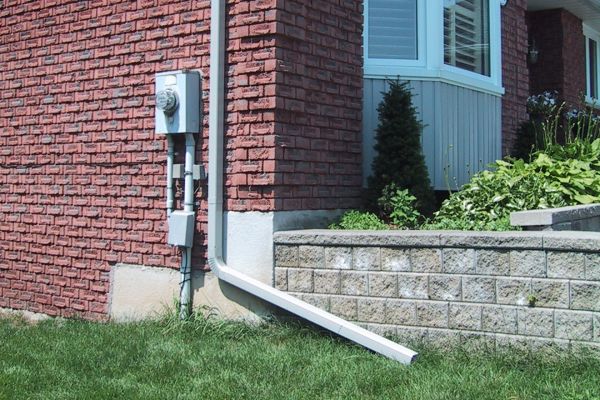
A French drain installation is a simple process that requires a whole lot of digging. Decide to learn how to install a french drain, or if it’s worth hiring a pro.
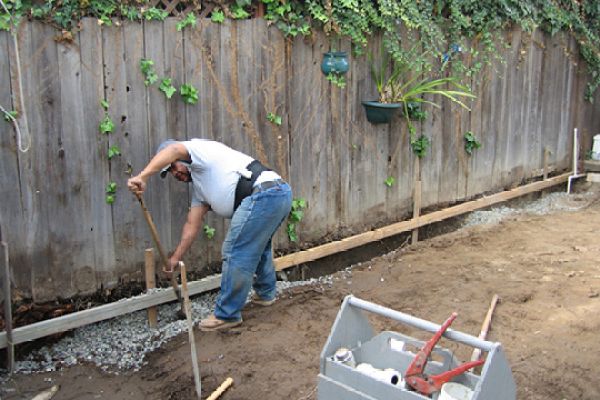
Feeling damp and drippy? If your basement walls are clammy, a French drain system — also called a footing drain — can banish that boggy feeling.
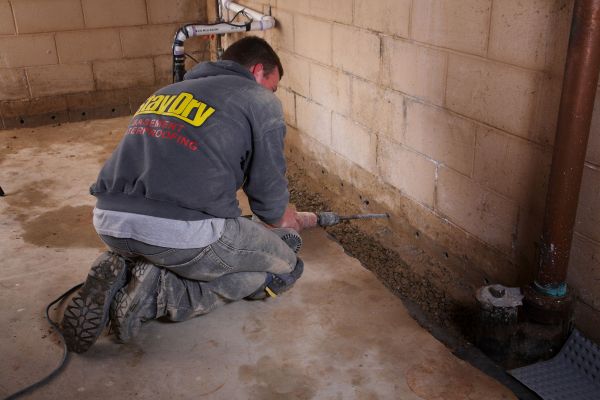
Feeling soggy? A French drain, or curtain drain, removes excess surface water so you won’t need hip boots to cut the grass.
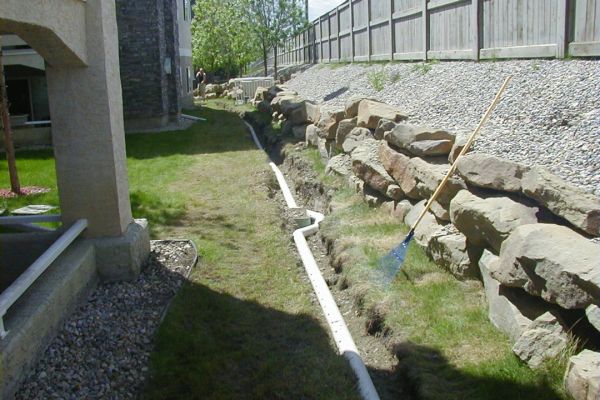
Water water everywhere? Bid it adieu by learning how to build a French drain system — a plastic drain pipe in a gravel-filled trench that removes excess ground water.
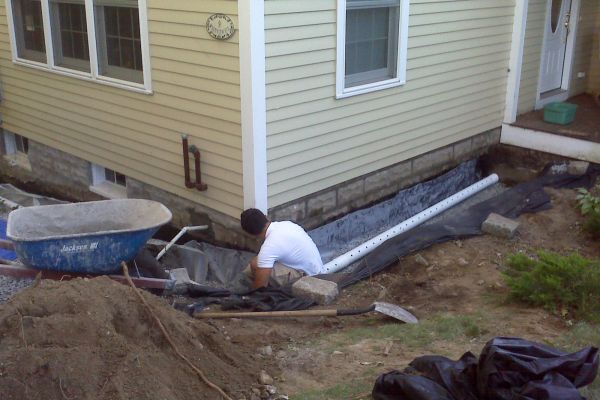
If you have a soggy yard or a wet basement, then a French drain may be your cure. Here’s how they work, when to use them, and the different types and costs.

Finding drainage problems when they’re smaller and easier to fix can save you thousands of dollars and plenty of headaches down the line.
